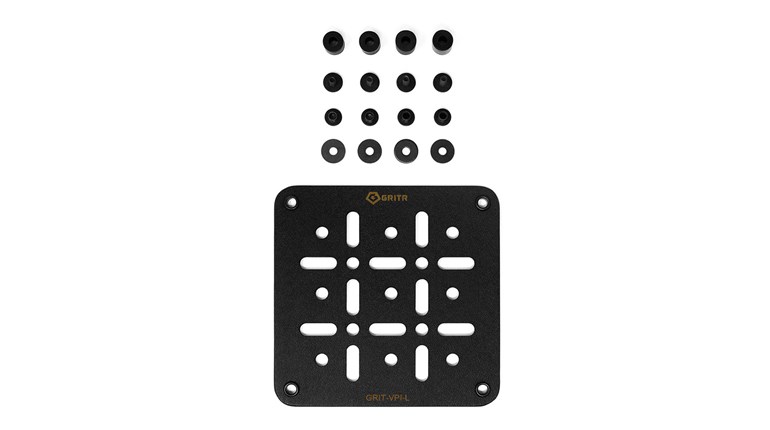
The Problem
You finally took the plunge. You bought a gun for protection. You took a class. You got your permit to carry concealed. You are all set—another thing checked off the bucket list of things to do. Is it that easy, or is there more to it?
The Solution
This is a common scenario for far too many people in today’s society. Their thinking is without depth and superficial, not unlike the lives they live, ungrounded with little clear direction for the future. They don’t know what they don’t know, and they never took the time to find the answer.
So, in a few short sentences, what should this scenario sound like to actually be effective in dealing with the perceived conditions that prompted our subject to buy a gun in the first place?
From the personal-defense perspective, is the purchase for a real or perceived danger, or is it a “just-in-case measure” for potential use in the future?
Has any thought been given to where and how the gun and any ammunition for it would be stored and secured when it was out of arm’s reach? Not only are there logistical concerns, but in some localities, there may be legal ramifications. To that end, one must consider who has access to the firearm when in storage and what level of competency they have in its handling and use.
What measures have been undertaken to carry the gun concealed while living everyday life? Is it convenient to put on and take off as necessary? While carrying, is it totally concealed so that only you and anyone with whom you wish to share that information know it is there? Can the gun be drawn with one hand and re-holstered similarly if necessary? Is the carry device and location conducive to retention in the event of a physical altercation or unanticipated attack?
Has avoidance of a problem before it becomes a problem been considered as a tactic of staying out of harm’s way? Being aware of one’s surroundings and a tuning one’s senses to the out-of-the-ordinary is critical to not attracting attention and maintaining a low profile. Do you consider your public presence as portraying a “grey person” without any remarkable, noticeable characteristics?
Is there a plan for what happens next if the gun is employed? What are the legal, medical, social and perhaps religious ramifications? What verbalizations might be necessary and helpful in controlling the matter, as well as establishing that you were the “good guy or gal” in the fight? Could this be critical to influencing bystanders and observers who may be called as witnesses in the future?
Are you prepared for the court battle that is likely to come next? What about the news media and the polarization of your current and former friends?
Is all of this worth it? Probably, if your life and family are worth it.
What can you do to prepare for what you hope never comes? And if it does, could you have been much more ready than you were?
These are but a portion of the considerations that should be dealt with as a responsible citizen who has and carries a firearm for personal defense.
A recommended way to enter and be successful in the endeavor of taking responsibility for one’s own personal safety is to view it as we do professional education. You take classes to answer the preceding questions and suggestions as well as to experience the practical side of marksmanship and gun-fighting skills. You do this to keep up to date, maintain proficiency in knowledge and skills and continue your education, much like in education in one’s professional life is a necessary requirement.
Along that path, you will learn much that you didn’t know—and that there is more to learn that you didn’t know you didn’t know.




































